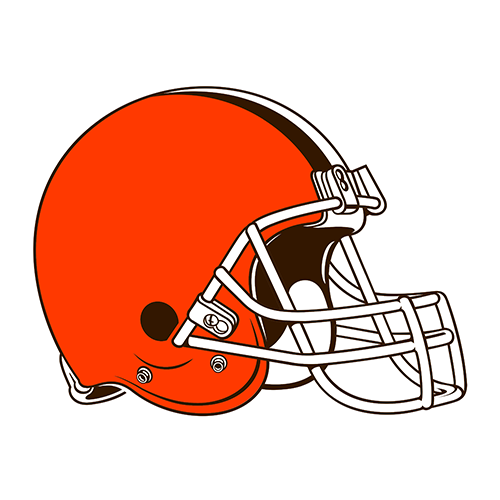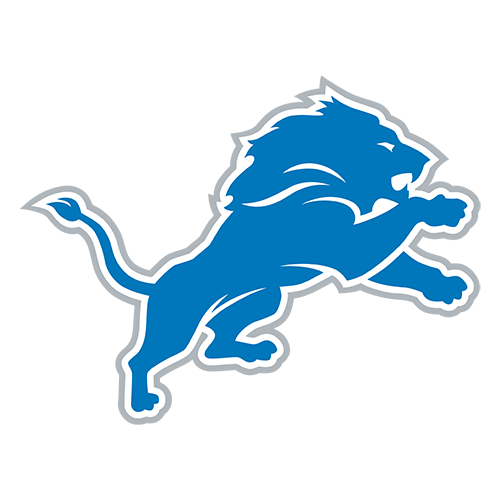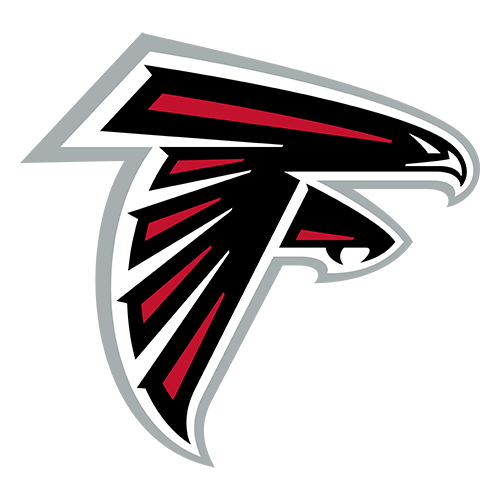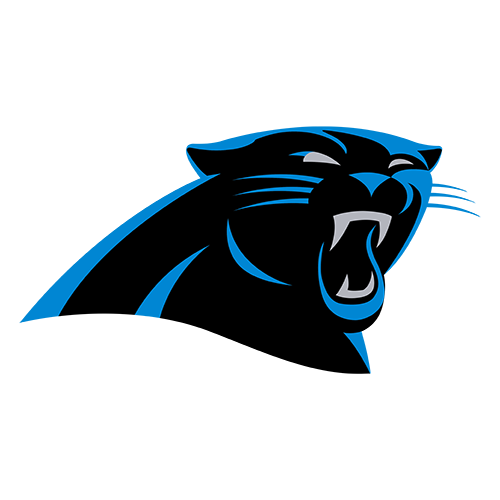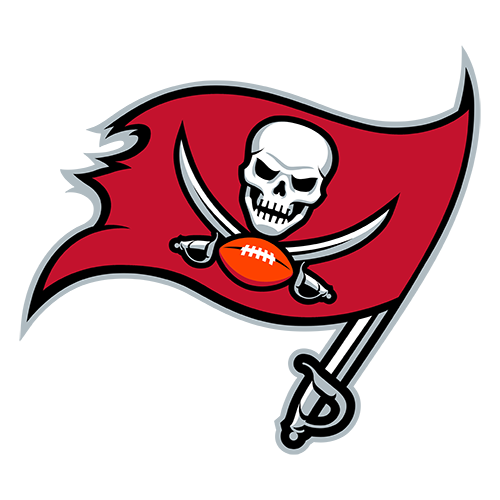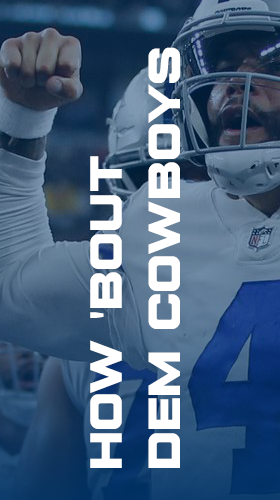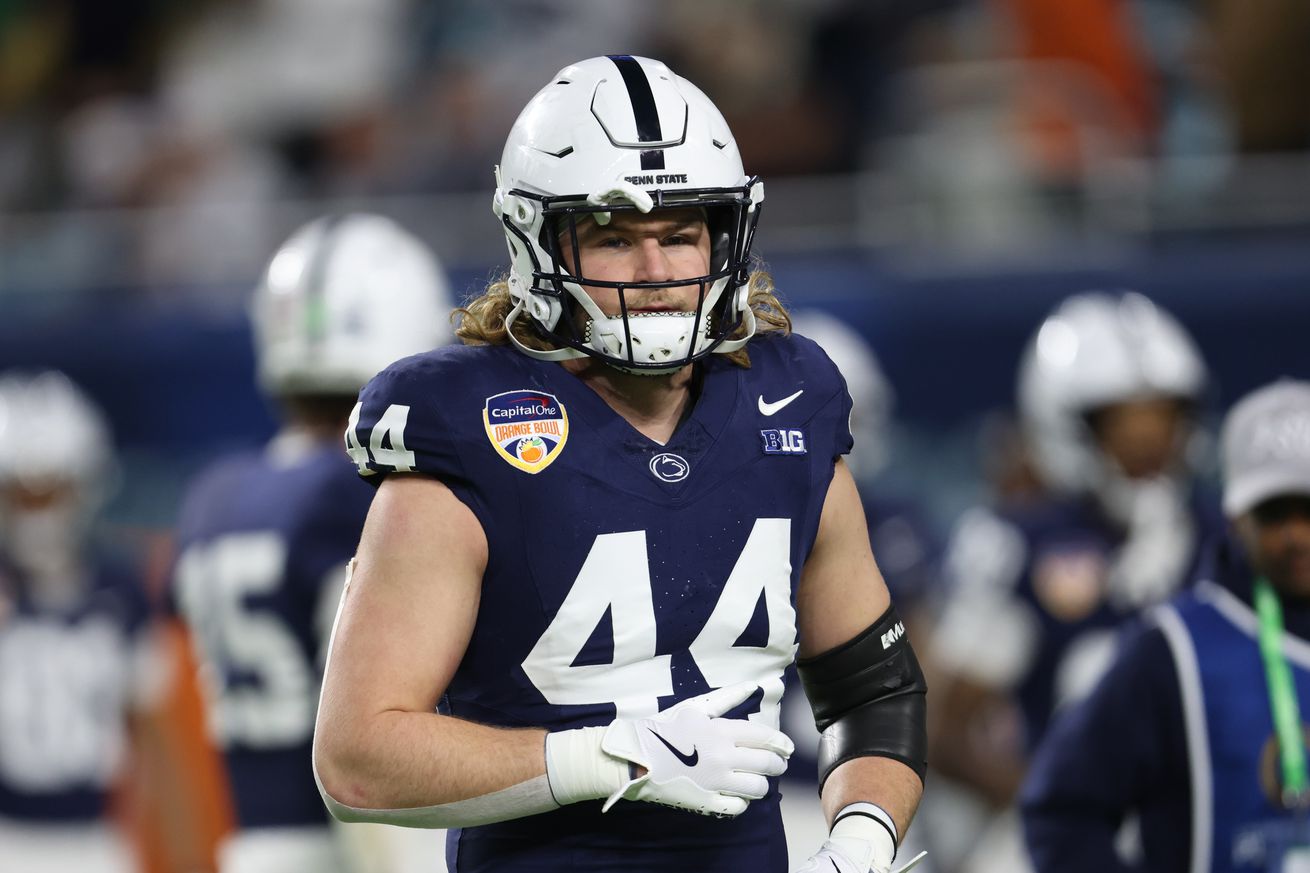
Do you want to see the Cowboys draft a tight end? If so… where?
The NFL, and more importantly, the Dallas Cowboys, enter full draft mode as we are in April. We continue our top positional series and this time look at the top tight ends in the draft, describing their best and worst attribute and the reasons why.
Tyler Warren (Penn State)
Best – Versatility
Standing at 6’6” and weighing just under 260 pounds, Warren possesses all the physical attributes to excel in multiple roles within an NFL offense. Warren has demonstrated the ability to line up as an in-line tight end, H-back, slot receiver, and even as a Wildcat quarterback thanks to his background. This perfectly showcases his diverse skill set and he does it all at a very high level. His background as a former high school quarterback enhances his football IQ, allowing him to diagnose coverages pre-snap and exploit defensive weaknesses effectively. This adaptability makes him a dynamic weapon capable of impacting various facets of the game.
Worst – Route Running
Warren’s biggest weakness is his inconsistency in his route-running and separation skills which he is still developing. While his physical tools and versatility are elite, his tape shows he sometimes struggles with crisp, precise route patterns, which can affect his timing and ability to create space against top-tier defenders. Improving this aspect would help him maximize his potential as a receiving threat at the next level.
Colston Loveland (Michigan)
Best – Receiving Skills
Loveland has an exceptional ability as a receiver. He has a rare combination of size, agility, and soft hands that can be relied upon in high pressure situations. His precise route-running and knack for adjusting mid-air allow him to secure contested catches and create separation against defenders, making him a true matchup nightmare in the passing game.
Worst – Blocking
While Loveland is an elite receiver with tremendous catching skills and route-running, his technique in run blocking and pass protection is less refined. He sometimes struggles to sustain blocks and against stronger, more physical defenders this weakness is magnified. This will limit his effectiveness in some offensive schemes that require tight ends to contribute significantly in the run game.
Harold Fannin Jr (Bowling Green)
Best – Route Running
Despite playing at a smaller school, Fannin has proven he can create separation and consistently get open in tight coverage. His precise, crisp breaks and savvy use of body positioning allow him to consistently beat defenders and become a dominant receiving threat, even in contested situations. His 2024 season was truly eye-popping and doesn’t get the credit he deserves.
Worst – Strength
Fannin’s biggest weakness is his limited size and play strength, which seriously impact his effectiveness as an in-line blocker. While he excels in route running and receiving, he struggles to consistently win against larger, more physical defenders in press coverage or in power blocking situations. This limitation means he’s better suited to roles that emphasize his receiving ability rather than being relied on as a traditional, every-down tight end in blocking schemes. At barely 240 pounds, Fannin is more like an oversized wide receiver than he is a tight end.
Mason Taylor (LSU)
Best – Route Running
Taylor is another exceptional route-running technician is this year’s tight end class. He demonstrates highly advanced techniques in manipulating defenders through subtle head fakes and tempo changes, allowing him to create separation effectively and cleanly. This skill set enables him to find soft spots in zone coverage and thanks to his high football IQ he’s able to adjust his routes based on defensive leverage, making him a reliable target in the passing game.
Worst – Burst
Taylor has a serious issue when it comes down to explosiveness. While he is a solid all-around tight end, he doesn’t possess the top-tier burst that would make him a true mismatch against faster linebackers and safeties in coverage. This will limit his role in the NFL as more of a possession-style tight end in certain strategic packages rather than a dynamic playmaker. His experience and lack of targets at LSU may have been down to the fact the team’s coaches knew he had trouble beating faster defenses.
Elijah Arroyo (Miami)
Best – Yards After Catch
Arroyo’s most elite trait is his yards-after-catch (YAC) skills. He has a rare combination of size, agility, and balance that allows him to break tackles and pick up extra yardage after securing the ball. His physicality makes him difficult to bring down, and he excels at turning short or intermediate catches into big gains, making him a dangerous weapon in open space. Don’t expect to see him dancing or skipping around defenders, this is more of head down and drive YAC skill.
Worst – Medicals
This isn’t just extensive, it’s all about the ACL issues. Consecutive seasons with season ending ACL injuries, and then in this year’s Senior Bowl he had another set back which prevented him from doing any major testing at the combine, other than the bench press.
Gunnar Helm (Texas)
Best – Hands
Helm has some exceptional hands and ball skills in this year’s tight end class. He consistently demonstrates the ability to secure catches reliably, even in contested situations, making him a dependable target in the passing game. His proficiency in boxing out defenders and effectively using his body to shield the ball enhances his effectiveness, particularly in red-zone scenarios. In his four years at Texas he registered just two drops from 95 targets.
Worst – Athleticism
Helm is very limited with his athleticism, particularly in terms of speed and explosiveness. His combine really highlighted this issue and he ended with a RAS score of just 4.32. This limitation affects his ability to stretch the field vertically and create separation from defenders, making it challenging for him to be a consistent deep threat. Additionally, his route tree is somewhat limited which may restrict his versatility in the passing game. Improving his route-running precision and expanding his repertoire could help mitigate these concerns and enhance his effectiveness as a receiver.

